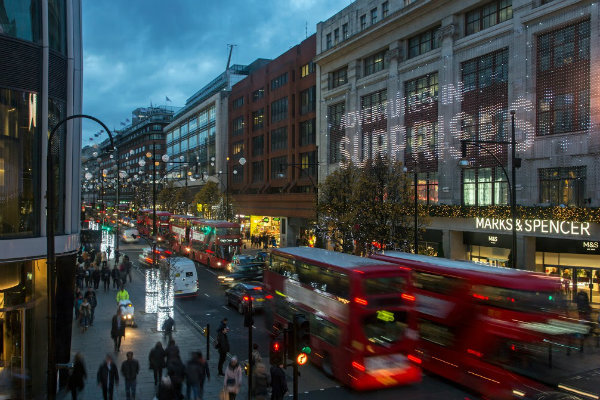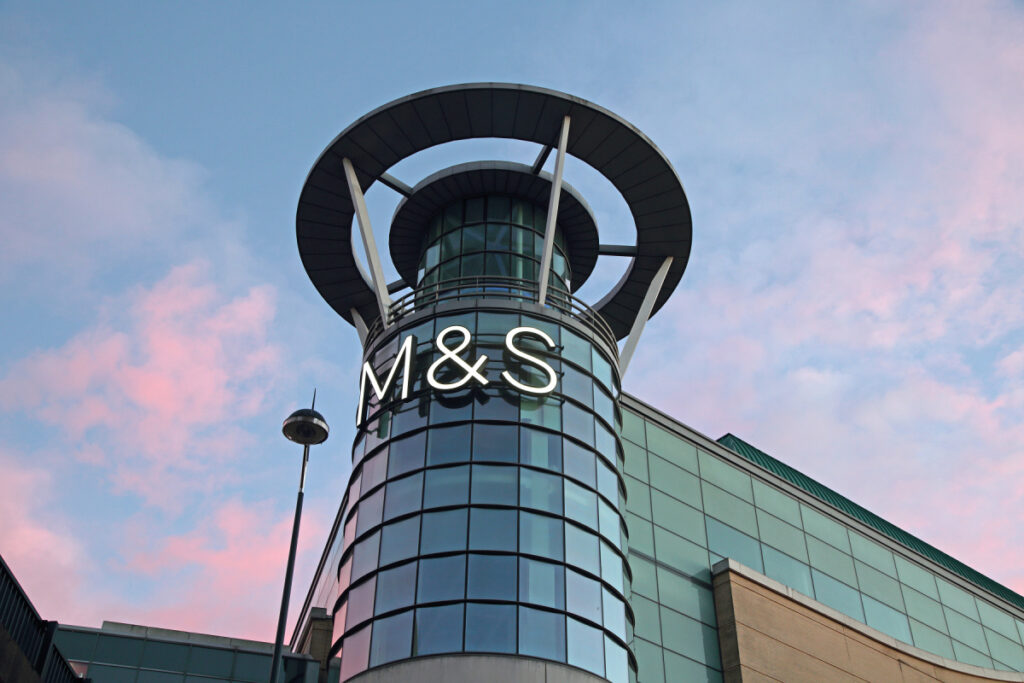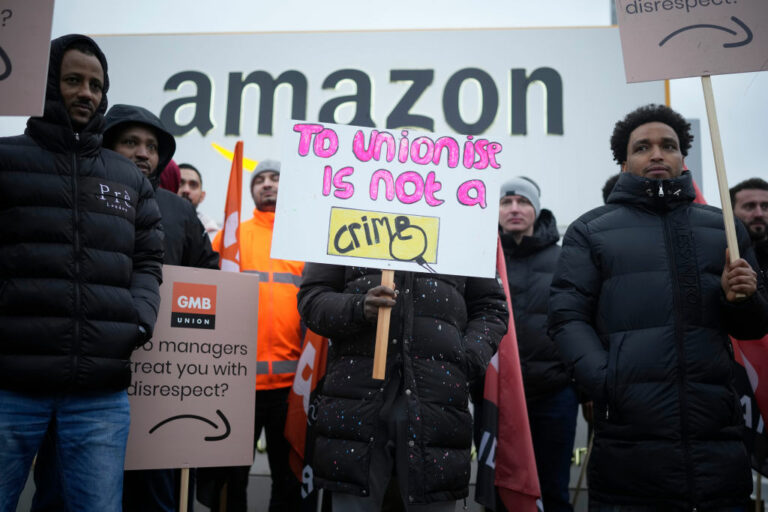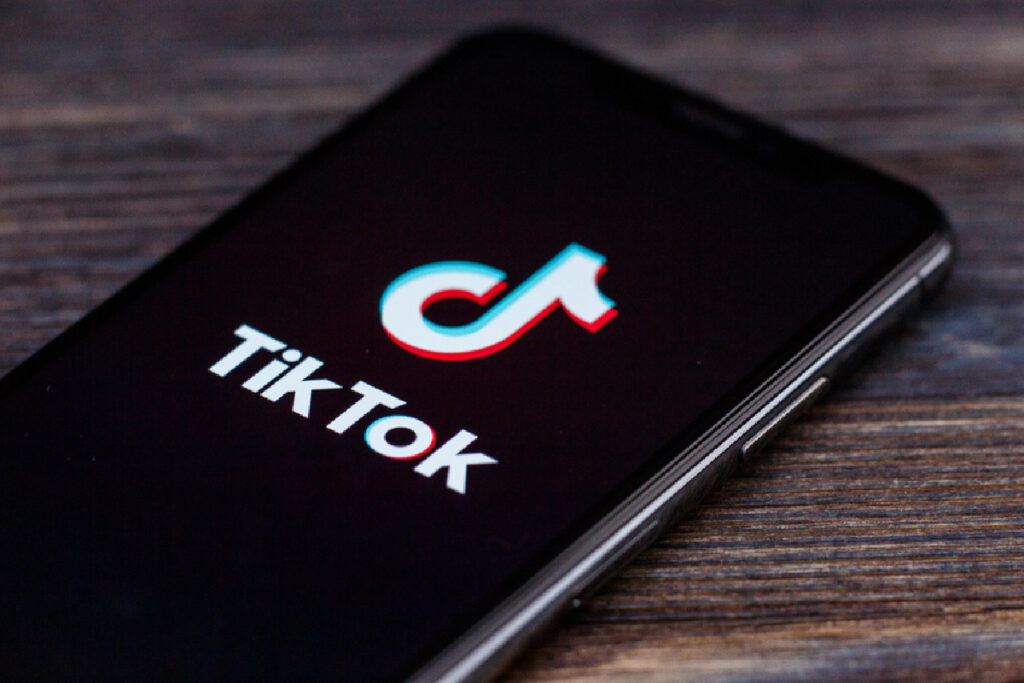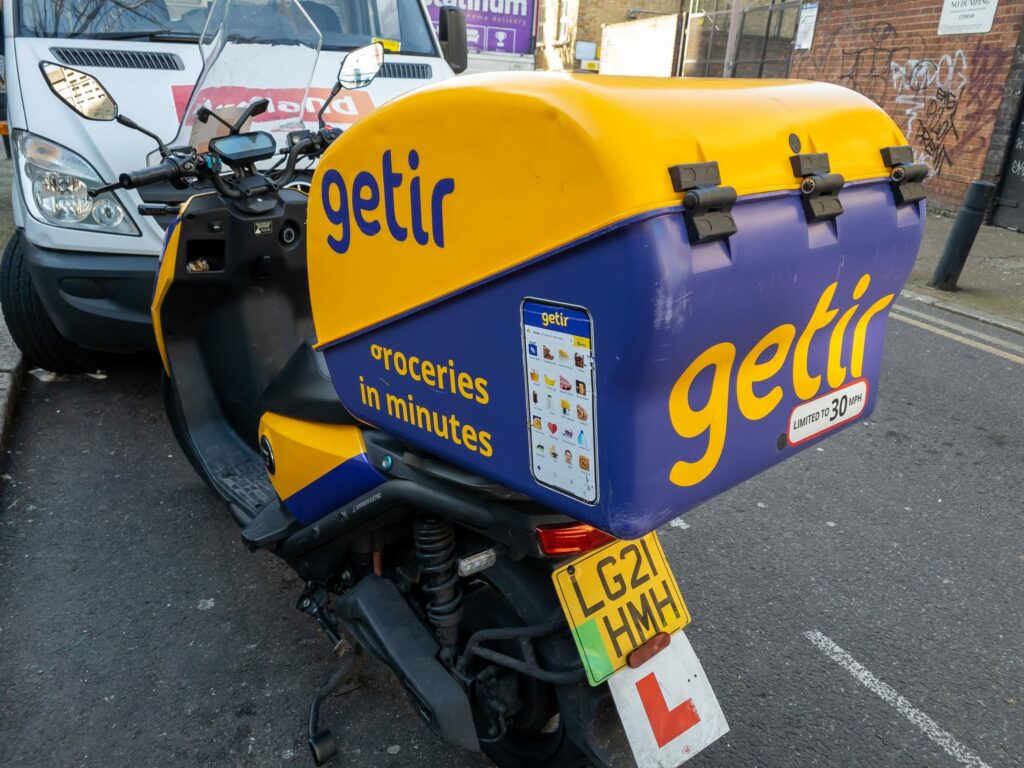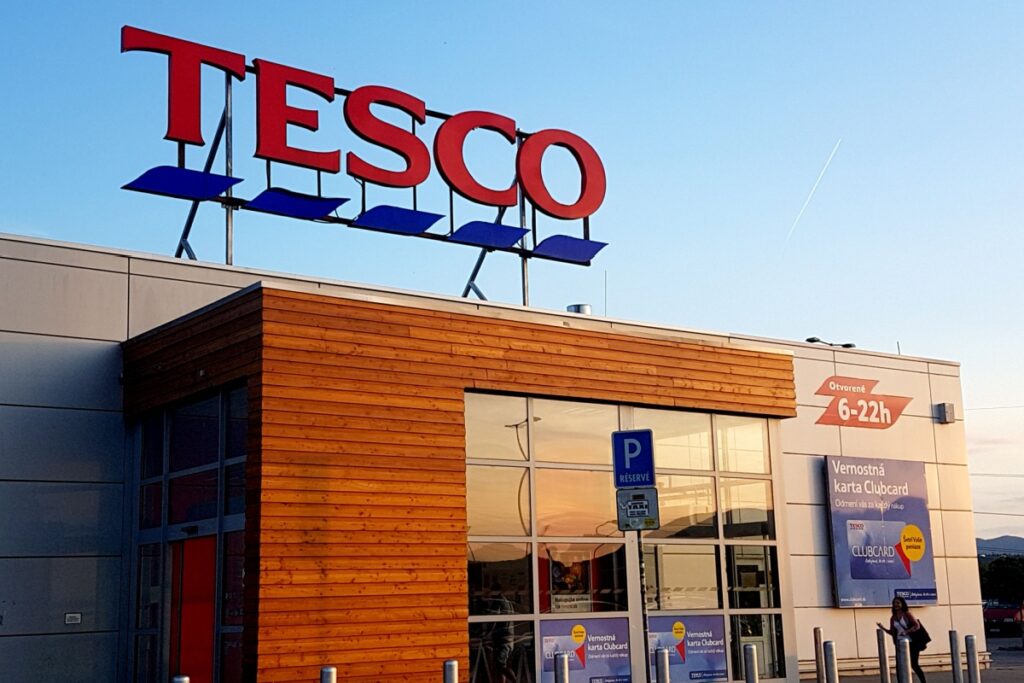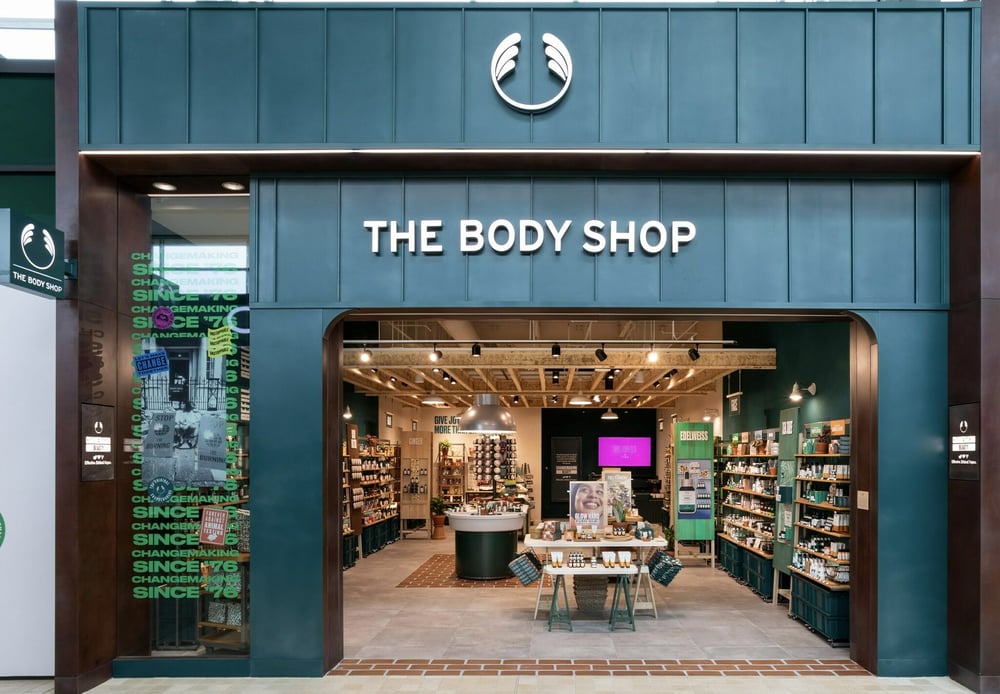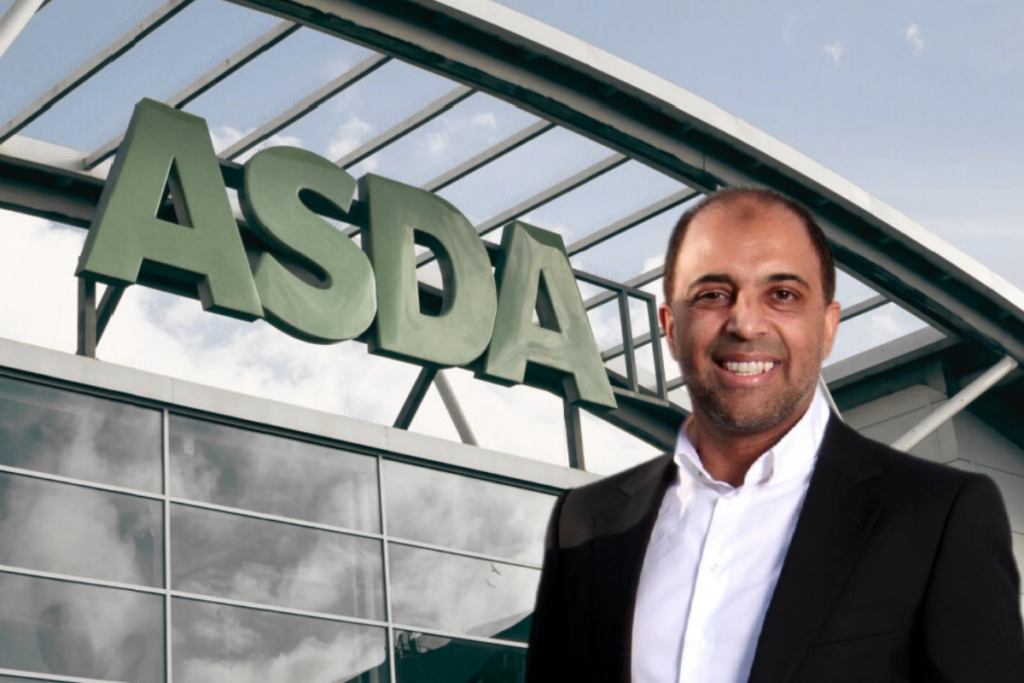Omni-channel retail experience becomes the norm
The retail industry is experiencing a shift – customers are switching between online and physical store contacts on their journey towards a purchase. With an increasing number of customer touch points that path is also growing more complex. Customers want to be able to find information about a product, approach the company and make the purchase in the channel of their choice – and also to be able to create their own customer journey with channels they choose. Gartner claims that “multi-channel retailing is becoming business as usual”. Far from seeing it as a luxury, customers now expect it.
So how should retailers address this development?
The main change is that companies can no longer dictate how customers buy a product. Customers will not allow it. Companies must improve planning processes for different types of customer journeys, and also have the right technology backbone to support them. Over different journeys retailers can also personalise discounts and special offers according to where the customer is in the process. According to IDC, “by year 2017 fully integrated omni-channel platforms will get selected 2X more than platforms that require “custom” integration between store, online and mobile commerce capabilities.”
One company that has been very successful in delivering a true omni-channel experience is Apple, which succeeded not only in bridging the gap between physical and digital, but also in connecting browsing for information to the actual purchase process. Apple TV is a good example: It now includes its own App Store (with almost 3000 apps), featuring apps for a number of activities, including shopping. Touch-enabled remote control and voice commands activated by Siri makes shopping directly from TV easier than ever.
So what‘s the takeaway? In order to compete, retailers must embrace the true omni-channel experience quickly, analyse the typical customer journey and bridge the gap between customers‘ touchpoints to deliver a seamless brand perception and an effortless purchase journey.
Convenience shopping becomes a must-have for large retailers
The retail customer is getting used to convenience. “Click-and-collect” means that consumers can buy a product online and then pick it up in a spot that is convenient for them. Originating in the US, this trend has spread throughout the world and especially to the UK where it is getting to a click-and-collect version 2.0 with collection inside the stores to ensure complementary sales.
Gartner predicts “an increasing choice of fulfilment options for the retail industry”. Consumers now have a number of different ways to acquire products, particularly in large cities – and this is a competitive advantage as customers grow more accustomed to convenience. For retail giants like Tesco, Marks & Spencers and Waitrose, click-and-collect is already a central part of the consumer offering. Offering the widest possible array of fulfilment options is crucial for high-volume players.
Analysts predict that this will become even more visible the coming years. According to IDC, “by 2017, the next wave of omni-channel retailers invest in fulfilment “your” way, driving dozens of tier 1 & 2 retailers to make new supply chain analytics, planning and execution investments.” Segmenting the market based on shopper habits and patterns of commuting is a new opportunity for retailers. Mapping shoppers‘ behaviours and developing offers based on consumers‘ daily routines will become more common.
Waitrose has pioneered this concept and recently started offering temperature-controlled lockers in service and tube stations, where customers can collect chilled or frozen food. This has been done in London for instance, where lockers were placed in tube stations and in Gatwick Airport.
We are bound to see more of this kind of
RELATED STORIES


